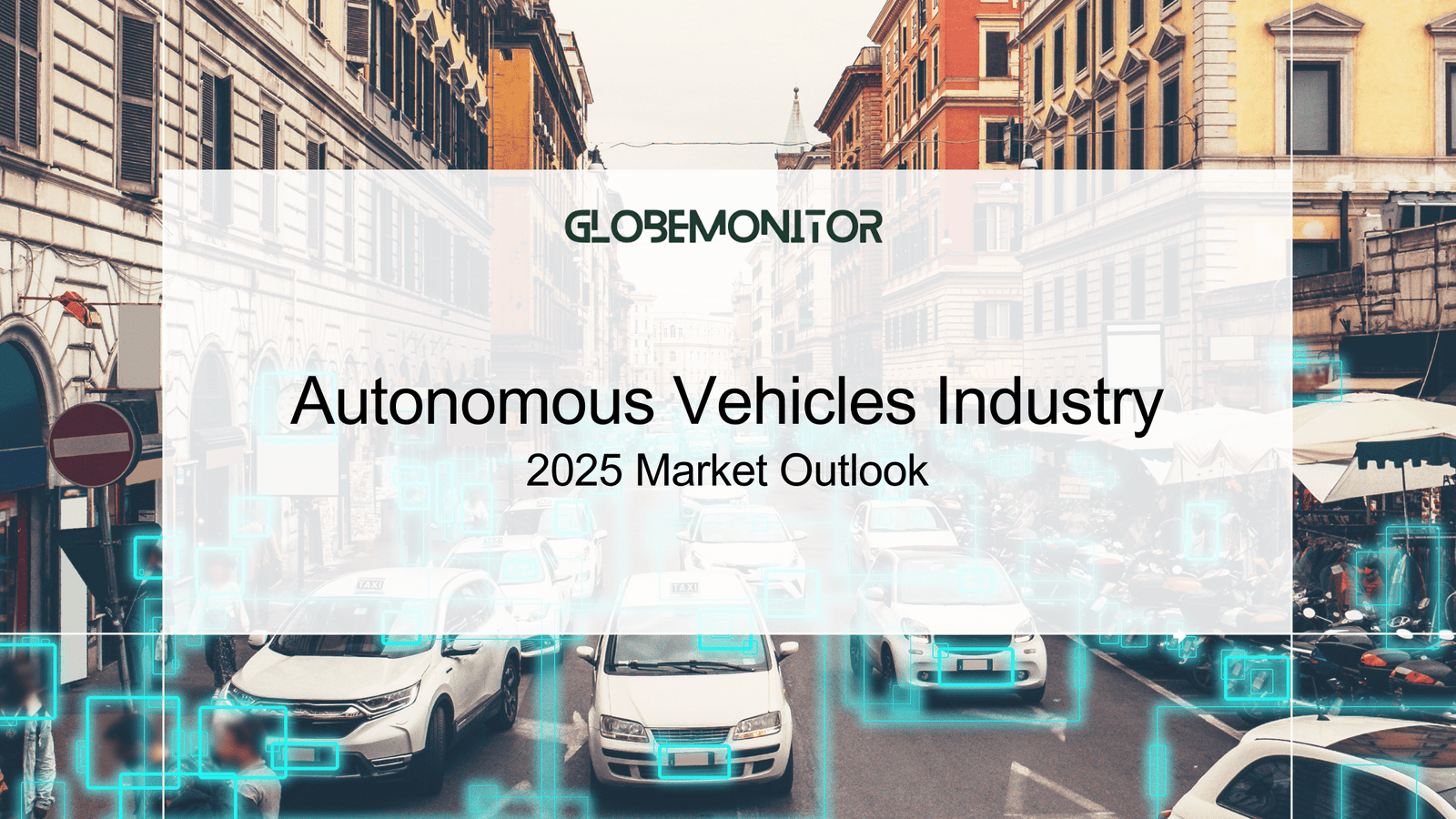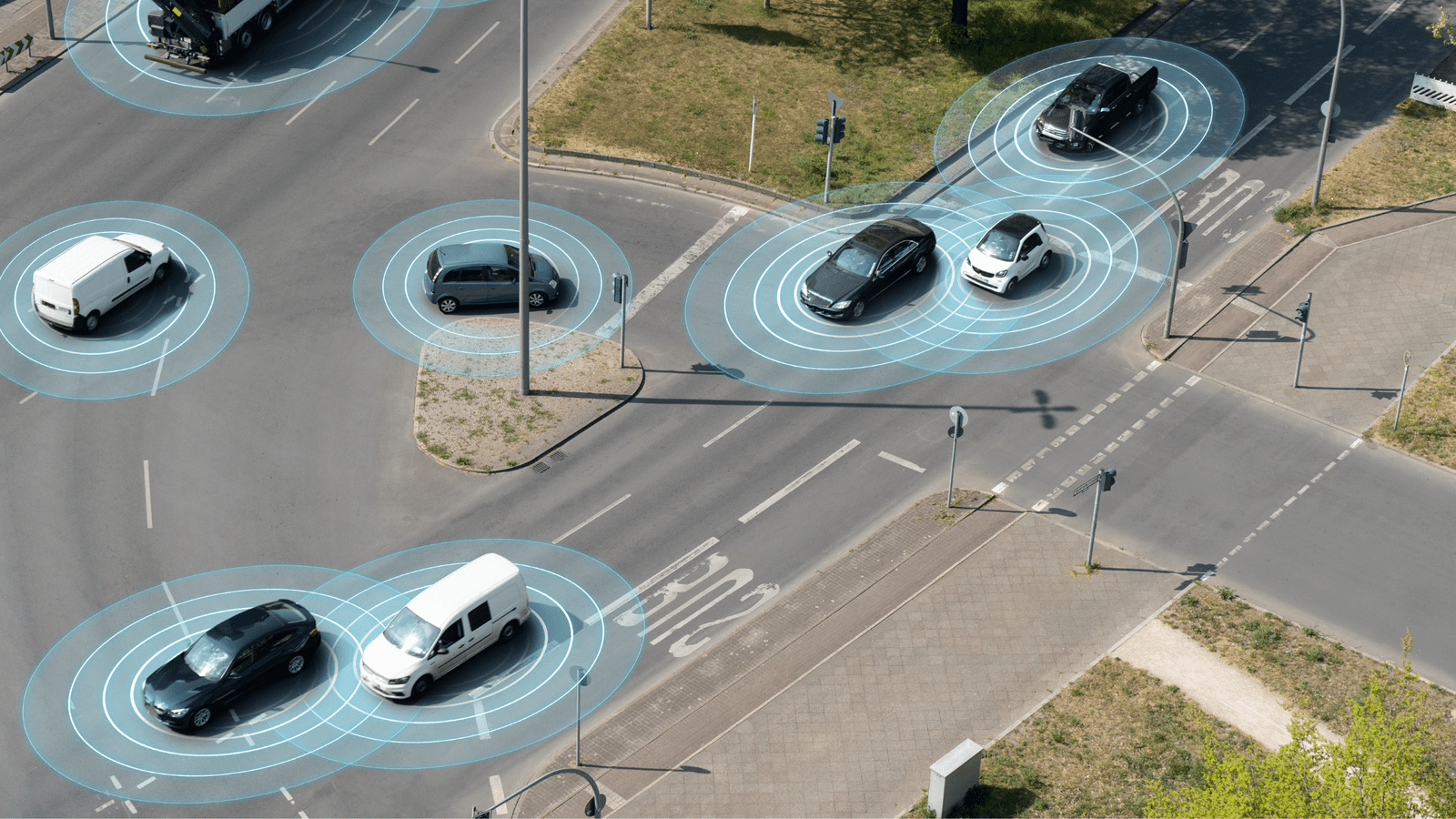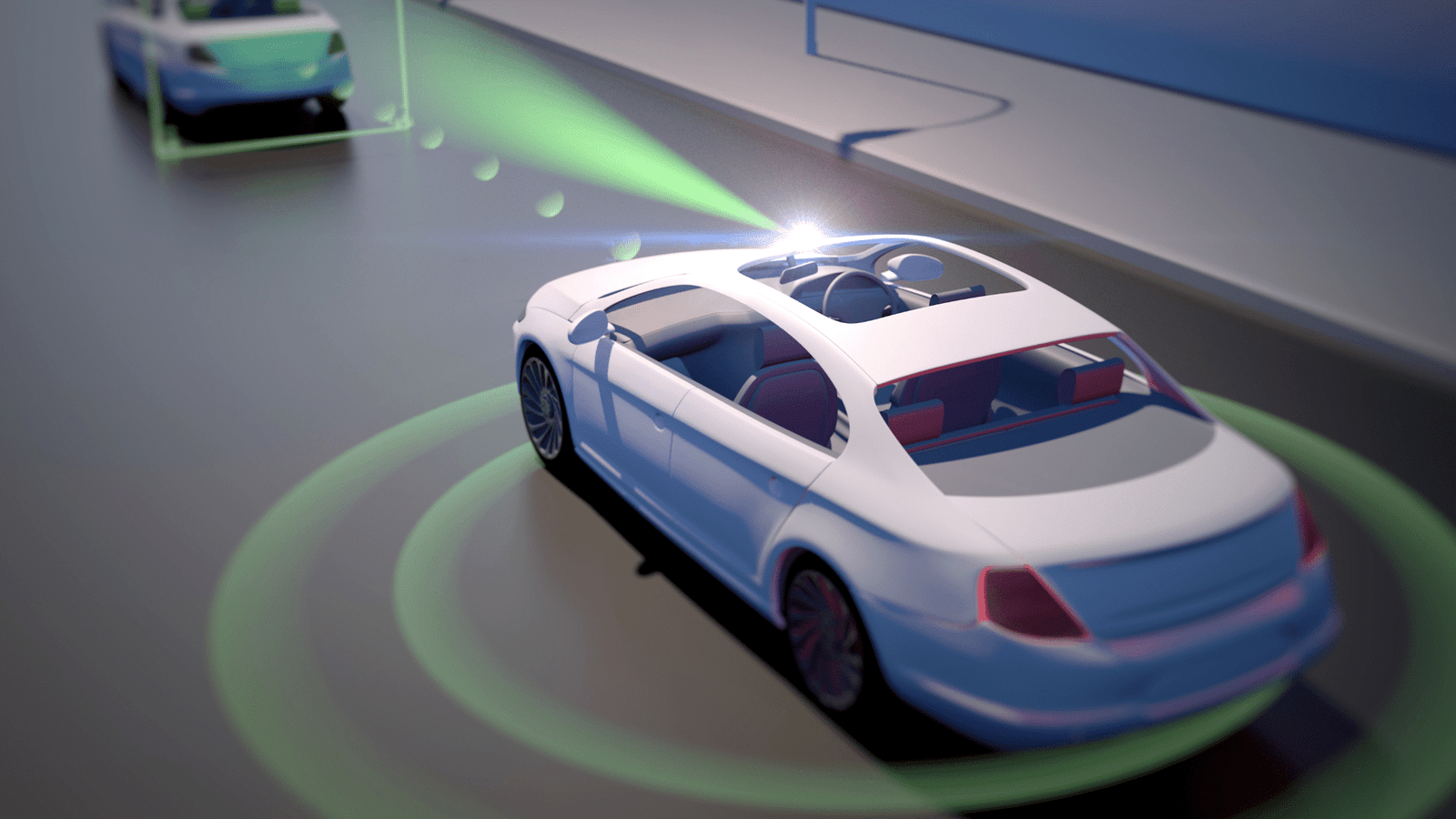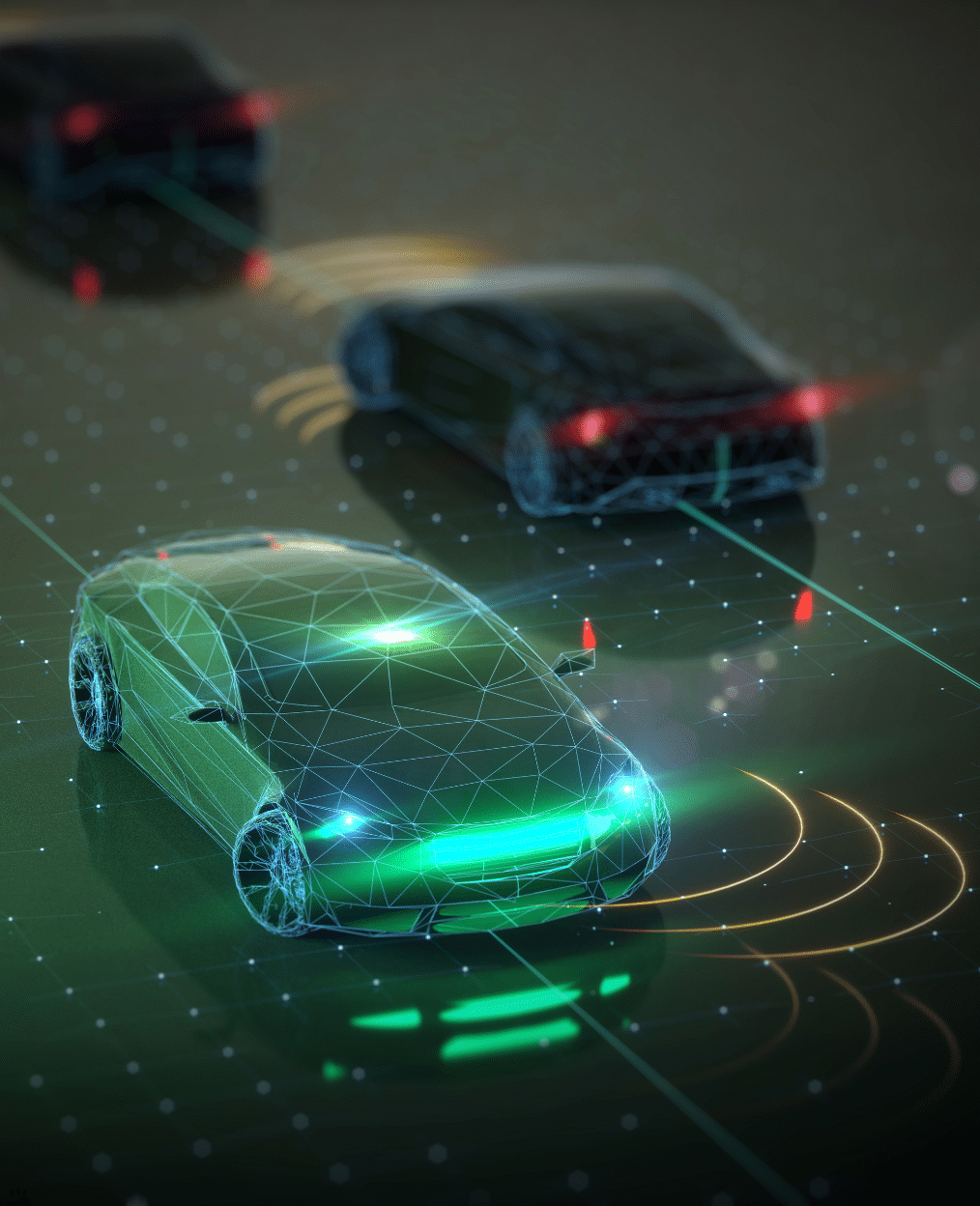
Autonomous vehicles are changing how people travel in the United States. These motor vehicles use advanced autonomous technologies to drive without constant human input. Companies like Tesla Model lead in developing this vehicle technology. The goal is to make driving safer and more efficient within the automotive industry.
Most road accidents happen because of human error. Automated vehicle systems aim to reduce these mistakes.
Connected and autonomous vehicles (CAV) use sensors, cameras, and software to detect surroundings. They also connect to infrastructure through vehicle-to-infrastructure systems. This helps them respond better to traffic lights and road signals.
Transportation agencies play a role in supporting this shift. They create policies that help these automated systems operate the vehicle safely. Fully automated systems could replace the need for a human driver in many situations.
Safety features, fuel efficiency, and smart transportation systems are what the future of driving vehicles will be all about. Self-driving cars could make the roads safer. They can make it easier for people and things to move through metro systems today.
- How Autonomous Vehicles Work
- Market Size and Future Growth of Autonomous Vehicles
- Market Growth Factors for Autonomous Vehicles
- Safety Benefits of Autonomous Vehicles
- The Role of Transportation Agencies
- Impact on Traffic Systems
- The Shift from Human Drivers to Fully Automated Systems
- Consumer Adoption and Perception
- Notable Industry Developments
- Challenges and Future of Autonomous Vehicles
- FAQs
How Autonomous Vehicles Work

Autonomous vehicles use advanced technology to drive with little or no human input. These motor vehicles rely on sensors, cameras, and software to detect and analyze their surroundings.
Autonomous technologies include radar, LIDAR, and GPS. These systems help automated vehicles identify objects, measure distances, and track road conditions. Connected and autonomous vehicles (CAV) also use vehicle-to-infrastructure communication. This allows them to respond to traffic lights, road signs, and other signals.
The Tesla Model, for example, uses a combination of cameras and sensors. These tools help the car understand the road and nearby objects. The system processes this information to control the steering wheel, brakes, and speed.
In 2024, Musk reiterated his optimism, saying, “AI is going to profoundly change the world. One of the most significant ways is in self-driving.”
Fully automated vehicles can operate the vehicle without a human driver. However, some systems still need the driver to take control in certain situations. This mix of automation and human input makes driving vehicles safer and more efficient.
Market Size and Future Growth of Autonomous Vehicles
Analysts valued the global autonomous vehicle market at USD 53.7 billion in 2023. We predict strong growth for this industry. From 2023 to 2030, we expect the market to grow at a compound annual growth rate (CAGR) of 21.9%.
Understanding these growth figures relies on solid Market Research Fundamentals, which help ensure accurate projections and data-driven insights
Improvements in autonomous technologies drive this growth. Advances in sensors, cameras, and vehicle-to-infrastructure systems boost the development of automated vehicles. Companies like Tesla Model continue to innovate, making autonomous driving more reliable.
In the United States, transportation agencies support these advancements. They invest in smart infrastructure and create policies to ensure safety. This support helps connected and autonomous vehicles (CAV) become more common on the roads.
Increasing demand for safer motor vehicles also fuels growth. Autonomous vehicles reduce human error and improve transport systems. More people and companies are using this technology in their vehicles to make them safer and more efficient.
By 2030, the autonomous vehicle market could transform the way people travel. As fully automated systems replace human drivers, the transport system will become safer and more efficient. With steady market growth and technology progress, the future of self-driving cars looks bright.
Market Growth Factors for Autonomous Vehicles
Several factors are driving the growth of the autonomous vehicle market. These factors include technological advancements, safety improvements, infrastructure upgrades, and increasing consumer demand.
1. Technological Advancements
Continuous improvements in sensors, AI algorithms, and connectivity boost autonomous vehicle development. Features like real-time data processing and vehicle-to-infrastructure communication make automated vehicles more reliable. Companies like Tesla Model are pushing innovation, enhancing safety and performance.
2. Reduction in Human Error
Human error causes most road accidents. Autonomous technologies aim to reduce these mistakes. Fully automated systems take over driving tasks, decreasing the risks of fatigue, distraction, and poor decisions. This increases safety on the roads.
3. Government Support and Policies
In the United States, transportation agencies support the integration of autonomous vehicles. They develop regulations and safety guidelines for automated vehicles. Government investments in vehicle-to-infrastructure systems also promote market growth.
4. Growing Consumer Demand
More people want safer, more convenient, and stress-free travel options. Autonomous vehicles offer hands-free commuting, which appeals to busy individuals. Improved safety features in connected and autonomous vehicles (CAV) also build consumer trust.
5. Commercial Use in Logistics and Delivery
Industries like logistics, transportation, and delivery are adopting autonomous technologies. These vehicles help streamline operations and reduce costs. Companies recognize the benefits of autonomous solutions in managing supply chains and meeting customer demands.
6. Infrastructure Development
Upgrading infrastructure is essential for autonomous vehicle growth. Vehicle-to-infrastructure systems, such as smart traffic lights and road sensors, help autonomous vehicles operate efficiently. Investments in these technologies support the wider adoption of automated vehicles.
These factors combined are driving strong growth in the autonomous vehicle market. With ongoing advancements and support, the market will expand significantly in the coming years.
Safety Benefits of Autonomous Vehicles

Autonomous vehicles aim to make roads safer by reducing human error. Many road accidents happen because of driver mistakes. Automated vehicle technology can help prevent these errors.
Connected and automated vehicles (CAV) use advanced safety features. These features include sensors, cameras, and real-time data processing. They allow the vehicle to detect dangers faster than a human driver. For example, the Tesla Model can sense obstacles and brake automatically to avoid collisions.
Vehicle-to-infrastructure systems also improve safety. These systems help autonomous vehicles respond to traffic lights and road signs. This reduces the chances of accidents caused by missed signals or misjudged stops.
Fully automated vehicles can take over the steering wheel, braking, and speed control. This reduces risks caused by fatigue, distractions, or poor decisions. In many cases, these vehicles can operate more safely than a human driver.
By using autonomous technologies, the transport system can reduce accidents and save lives. Autonomous vehicles provide a safer and more reliable way to travel.
The Role of Transportation Agencies
Transportation agencies play a key role in the adoption of autonomous vehicles. These agencies create rules and guidelines for automated vehicle use. In the United States, they ensure these motor vehicles meet safety standards.
Agencies work to integrate autonomous technologies into the existing transport system. They support vehicle-to-infrastructure systems by upgrading roads and traffic lights. This helps connected and autonomous vehicles (CAV) operate smoothly.
Policies also address the safety features of automated vehicles. Transportation agencies test these features to ensure they reduce human error. They also regulate how human drivers interact with fully automated systems.
By setting these rules, agencies make it safer to drive autonomous vehicles. Their efforts help build trust in this new vehicle technology. This support is important for the future of driving vehicles without human control.
Impact on Traffic Systems

Autonomous vehicles can improve traffic flow and efficiency. These vehicles use advanced autonomous technologies to follow traffic rules accurately. They can respond to traffic lights, road signs, and other signals without delay.
Vehicle-to-infrastructure systems help connected and autonomous vehicles (CAV) communicate with traffic systems. For example, when a traffic light changes, the automated vehicle receives this signal immediately. This reduces wait times and prevents sudden stops.
Human error often causes traffic jams and accidents. Autonomous vehicles can reduce these problems by making consistent decisions. Unlike human drivers, they stay focused and make sound judgments. This helps the transport system run smoothly.
Fully automated vehicles also help manage traffic during peak hours. They maintain steady speeds and proper distances between cars. This reduces congestion and improves safety for everyone on the road.
By using vehicle technology and smart systems, autonomous vehicles create a more efficient and safer driving environment. They help improve the overall flow of motor vehicles on busy roads.
The Shift from Human Drivers to Fully Automated Systems
Autonomous vehicles are changing the role of human drivers. In traditional motor vehicles, the driver controls the steering wheel, brakes, and speed. With automated vehicle technology, this control shifts to advanced systems.
Fully automated vehicles can operate the vehicle without human input. Sensors, cameras, and software guide the car. This reduces the need for a human driver to make decisions while driving. Connected and autonomous vehicles (CAV) can also communicate with traffic lights and road infrastructure.
Many autonomous vehicles still offer a mix of human and automated control. For example, the Tesla Model allows drivers to take control when needed. However, the goal is to reduce human error by letting automated systems handle most tasks.
These changes improve safety and efficiency in the transport system. Without relying on human drivers, driving vehicles can become safer. Fully automated systems reduce risks caused by distractions, fatigue, and poor decisions.
The move to self-driving cars means that people may not need to drive anymore. This change promises safer and more reliable travel.
Consumer Adoption and Perception
Consumer interest in autonomous vehicles is growing steadily. In 2023, fully autonomous vehicles made up 3-5% of global vehicle sales. By 2025, experts project that Level 4 autonomous vehicles will achieve a 1% penetration rate. By 2030, experts expect this rate to rise to 5% worldwide.
Surveys show varying levels of comfort with different types of autonomous transportation. Nearly 50% of respondents reported feeling comfortable with riding in autonomous trains. Many consumers also showed a willingness to use autonomous cars. In contrast, only 16% of respondents expressed comfort with using autonomous boats.
Trust in autonomous vehicle technology depends on safety features and reliability. Consumers are more likely to adopt these vehicles if they reduce human error and improve road safety. Companies like Tesla continue to enhance automated systems, which helps build public confidence.
As technology advances, consumer adoption is likely to increase. More exposure to safe, fully autonomous vehicles will play a key role in changing public perceptions. The next few years will determine how quickly these vehicles become a common part of daily life.
Notable Industry Developments
The autonomous vehicle market is advancing quickly with major developments from leading companies. Waymo has expanded its robotaxi services. In 2024, it completed 4 million driverless rides in cities like Phoenix, San Francisco, and Los Angeles. The company now operates across a 500-square-mile area and plans to launch services in Atlanta and Miami.
By switching to electric vehicles, Waymo has reduced CO₂ emissions by over 6 million kilograms. Recent funding of $5.6 billion from Alphabet highlights its commitment to future growth.
Tesla is also making strides in autonomous vehicle technology. Elon Musk announced the Cybercab, a two-seater robotaxi, set for production in 2026. The Cybercab will offer rides at $0.20 per kilometer. Tesla is developing a Robovan, which can carry up to 20 passengers.
These advancements reflect Tesla’s focus on automation. However, safety concerns persist because of its reliance on cameras instead of lidar technology.
China is moving forward with driverless taxi services. Cities like Beijing, Shanghai, and Guangzhou are expanding testing zones. Baidu’s Apollo Go operates a large robotaxi fleet in Wuhan. Companies like WeRide and Pony.ai are growing their services with government support.
Infrastructure upgrades, such as smart roads and traffic systems, are speeding up adoption. Analysts predict China will lead the global autonomous vehicle market.
These developments show that autonomous vehicle technology is improving. Companies are enhancing services, reducing emissions, and expanding operations. Government policies and infrastructure support this growth, pushing the market toward wider adoption.
Challenges and Future of Autonomous Vehicles
Despite their benefits, autonomous vehicles face challenges. One key challenge is the development of reliable autonomous technologies. Sensors and software must work perfectly to avoid errors. Any mistake in detecting objects or traffic lights can cause accidents.
Weather conditions also pose problems. Rain, fog, or snow can affect the sensors on automated vehicles. This makes it harder for the system to operate the vehicle safely.
Infrastructure is another challenge. Vehicle-to-infrastructure systems need smart roads, traffic lights, and signs. Transportation agencies must upgrade existing infrastructure to support connected and autonomous vehicles (CAV). This process can take time and resources.
Strategic market research can help address challenges related to infrastructure, technology, and public adoption.
Legal and safety regulations also slow adoption. In the United States, policies must ensure autonomous vehicles meet safety standards. These rules must protect drivers, passengers, and pedestrians.
Public trust is essential. Many people still prefer a human driver to a fully automated system. Companies like Tesla Model continue to improve vehicle technology to build confidence.
The future of autonomous vehicles depends on solving these challenges. As technology improves, driving vehicles without human input will become safer and more common. This future promises a more efficient and safer transport system.
FAQs
What is an autonomous vehicle?
Autonomous vehicles (AVs) use technology to replace the human driver. They help navigate the vehicle, avoid road hazards, and respond to traffic conditions.
Is a Tesla an autonomous vehicle?
The SAE classifies Tesla’s Autopilot as Level 2 under its six levels (0 to 5) of vehicle automation. At this level, the car can drive itself. However, the driver must always watch the road. They need to be ready to take control quickly if needed.
Do fully autonomous cars exist?
As of late 2024, no system has achieved full autonomy (SAE Level 5). In December 2020, Waymo became the first company to offer rides in self-driving taxis. These rides were available to the public in certain areas (SAE Level 4).
Are autonomous vehicles legal in the US?
Some states have made laws that allow self-driving cars. However, the rules in each state are different. Other states have passed more measured legislation aimed at autonomous vehicles. Below you can read about the states that have passed self-driving car laws.
What year will cars be fully autonomous?
The automotive industry will not develop a fully self-driving car until 2035. Self-driving cars are one of the most exciting developments in automotive history. But the arrival of vehicles with no one behind the wheel is taking longer than most of us expected.
A quick overview of the topics covered in this article.
Latest Posts
November 29, 2025
November 29, 2025
November 29, 2025
Subscribe to our newsletter
Get valuable insights and business guidance sent to your email.





